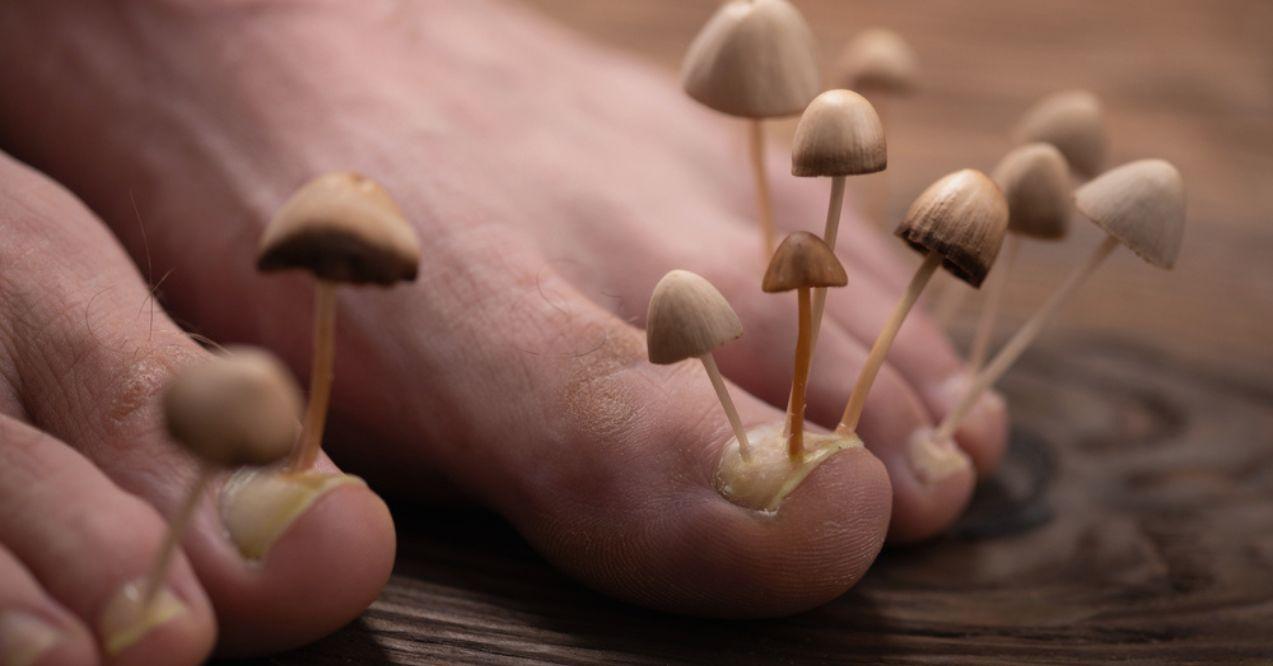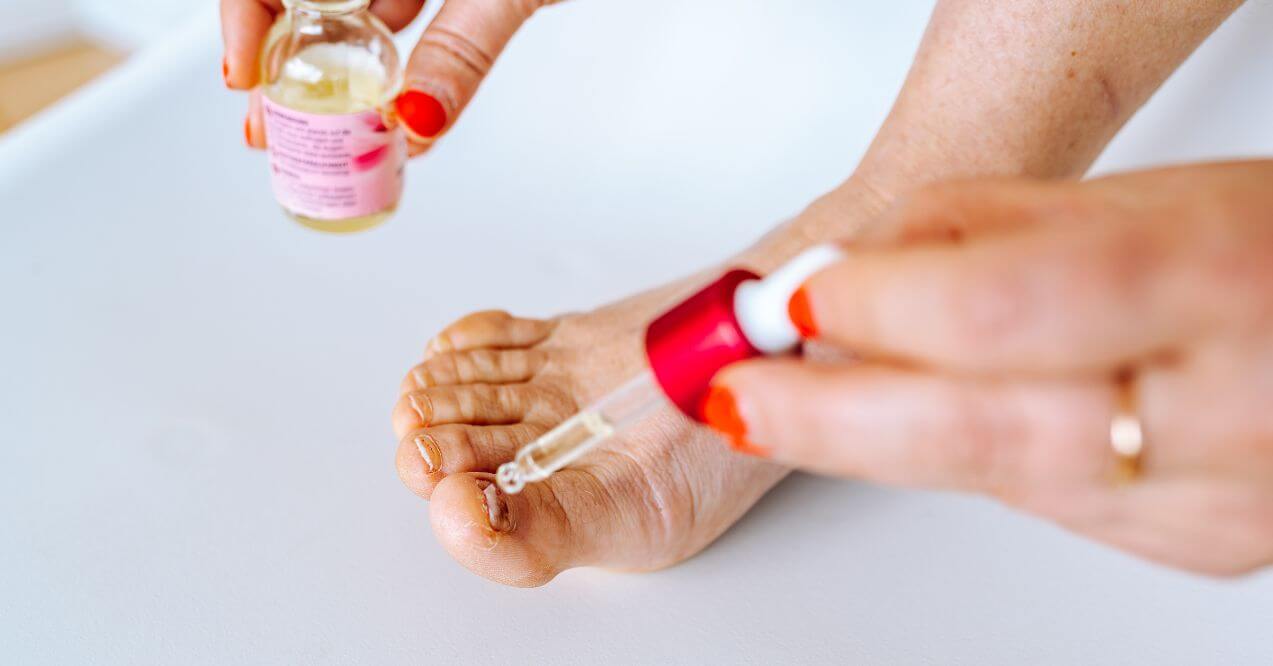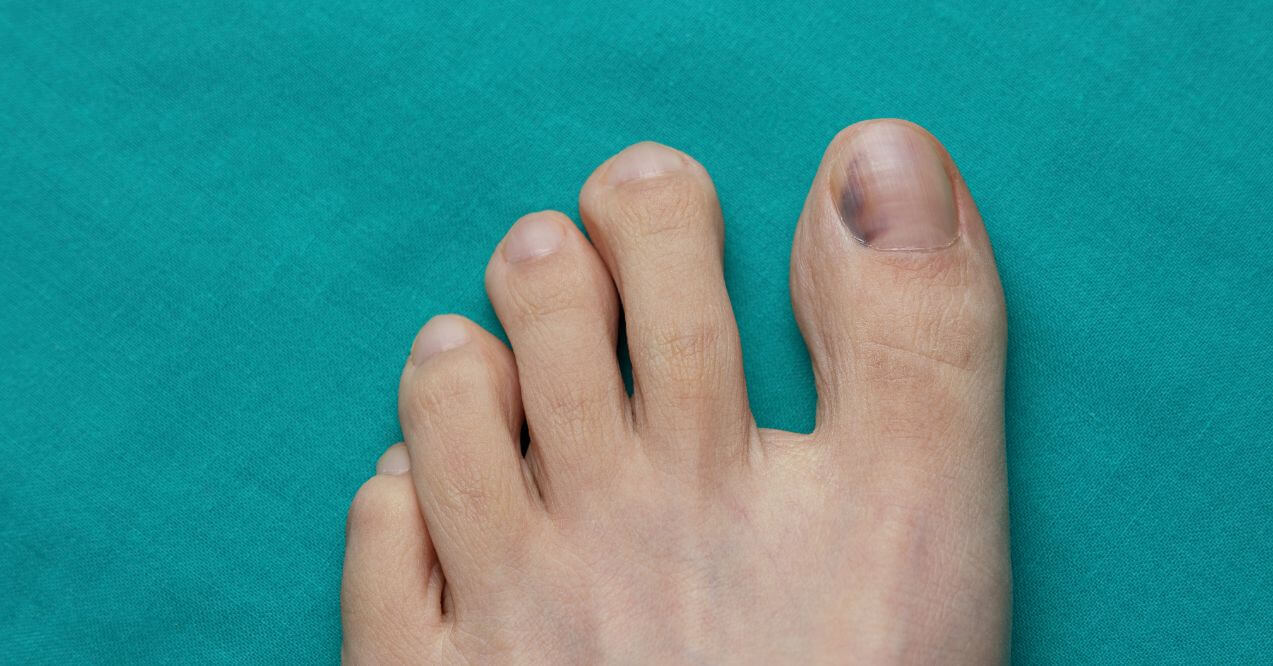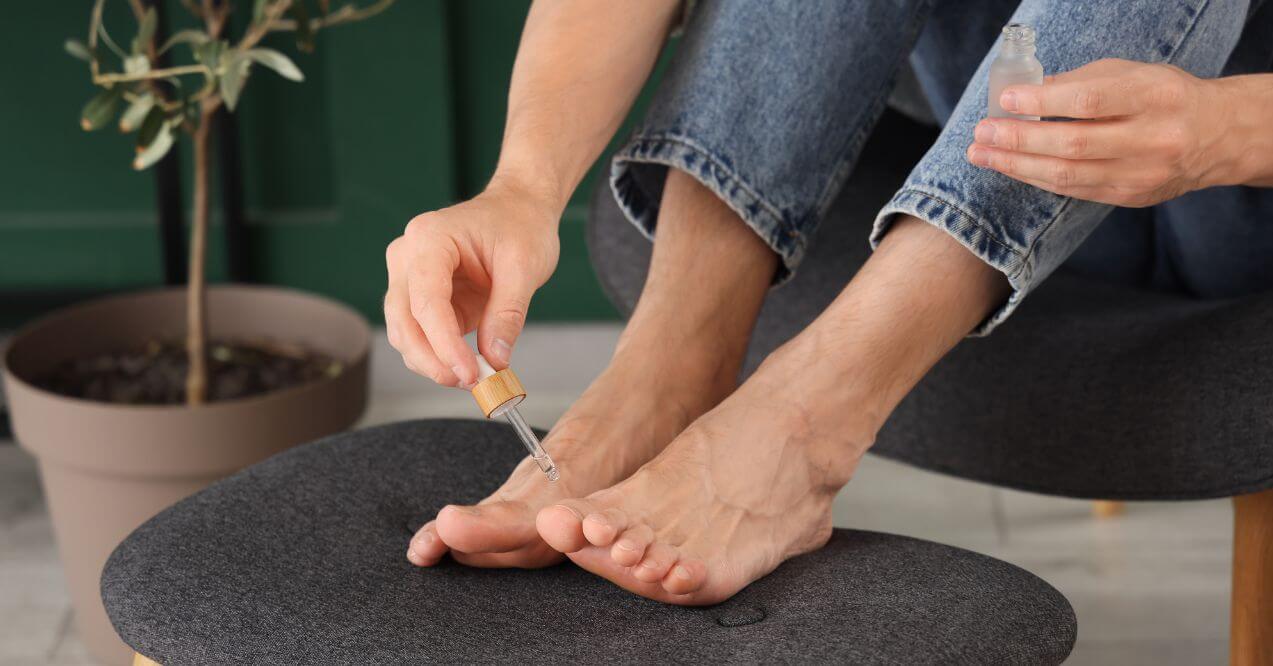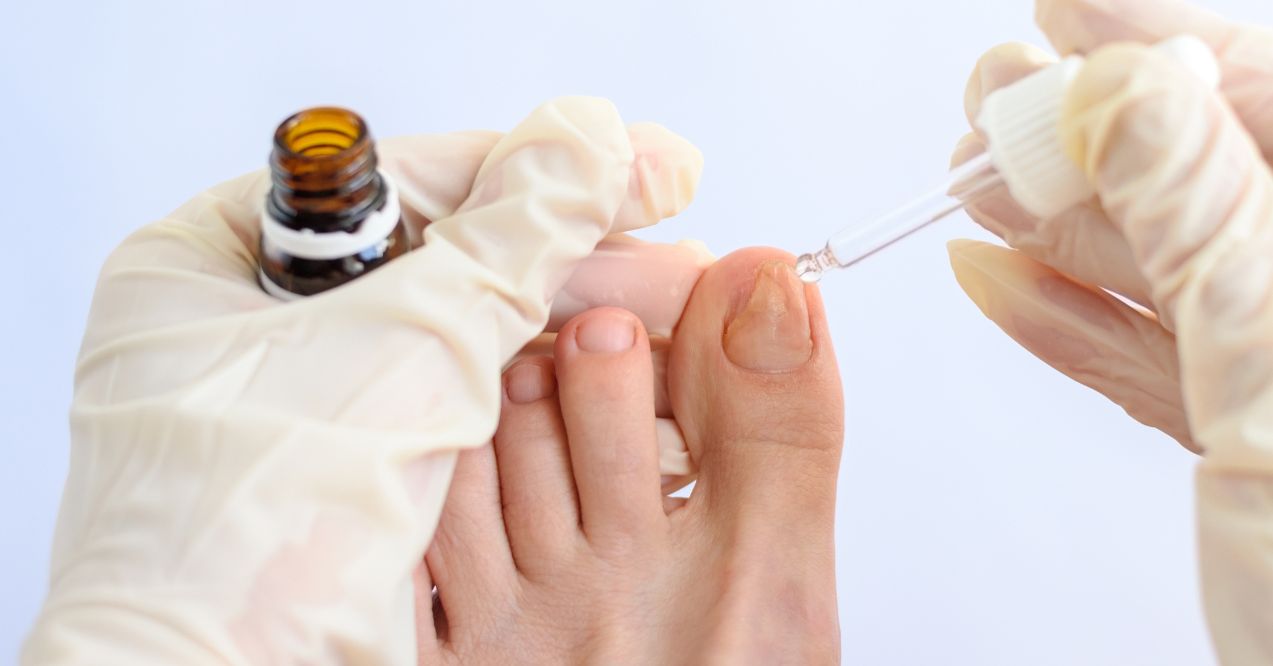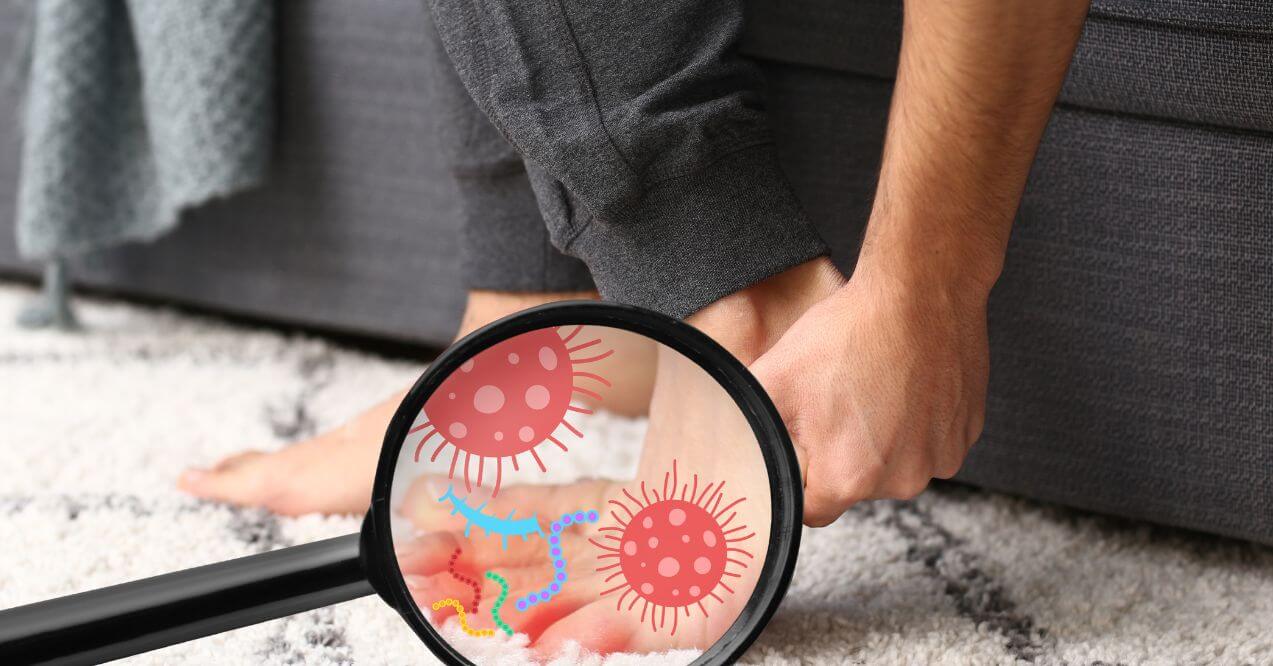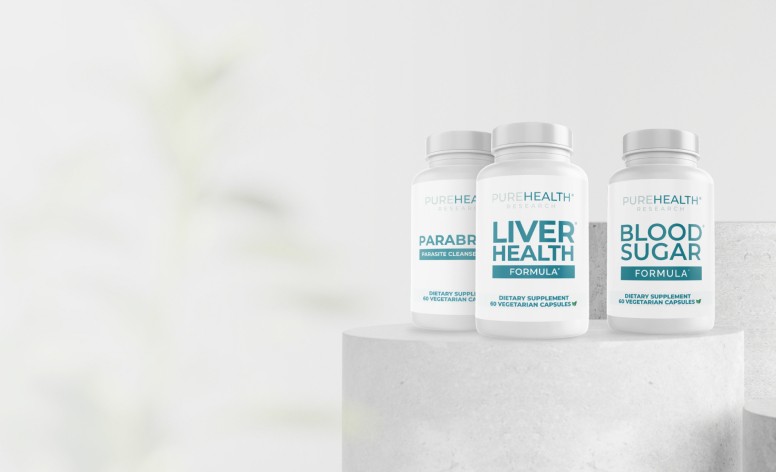What Does Toenail Fungus Look Like?
Medically reviewed by our experts
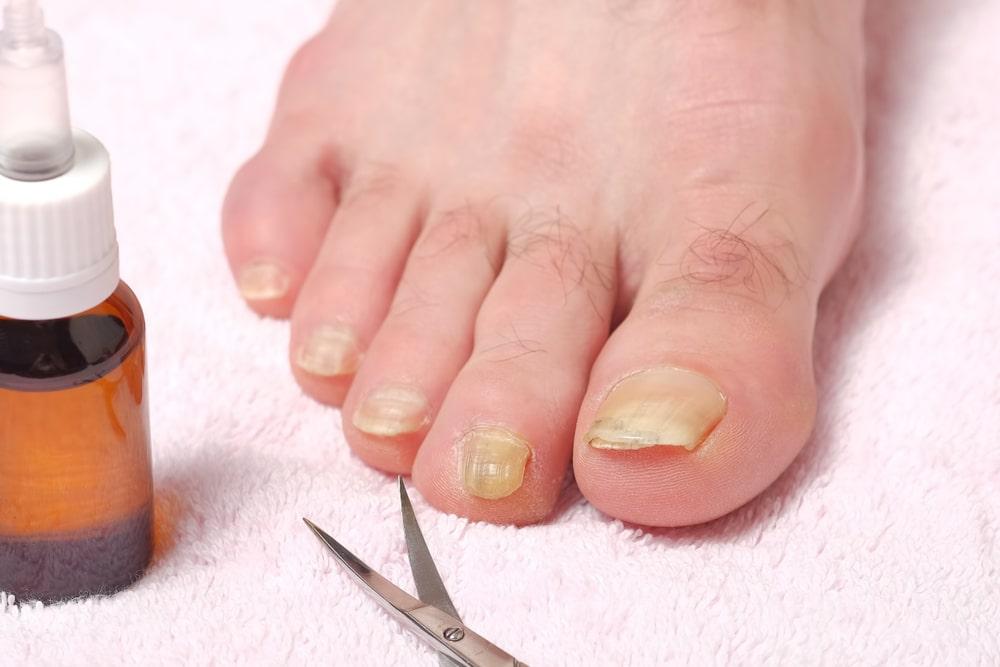

Toenail fungus is an unwelcome guest that no one wants to host. So, what does toenail fungus look like? It presents several early-stage toenail fungus symptoms that are crucial to identify. Early detection and treatment can save you from a lengthy and challenging eradication process.
Eliminating toenail fungus is essential not just for the health of your feet, but for your overall well being. This is because nail fungus is highly contagious and has the potential to spread to other parts of your body, leading to more severe health complications.
In this article, we will delve into the different types of fungi that can cause this condition, identify who’s more prone to toenail fungus, and provide guidance on prevention and treatment strategies. Recognizing what toenail fungus looks like is the first step towards maintaining a fungus-free life.
What is Toenail Fungus?
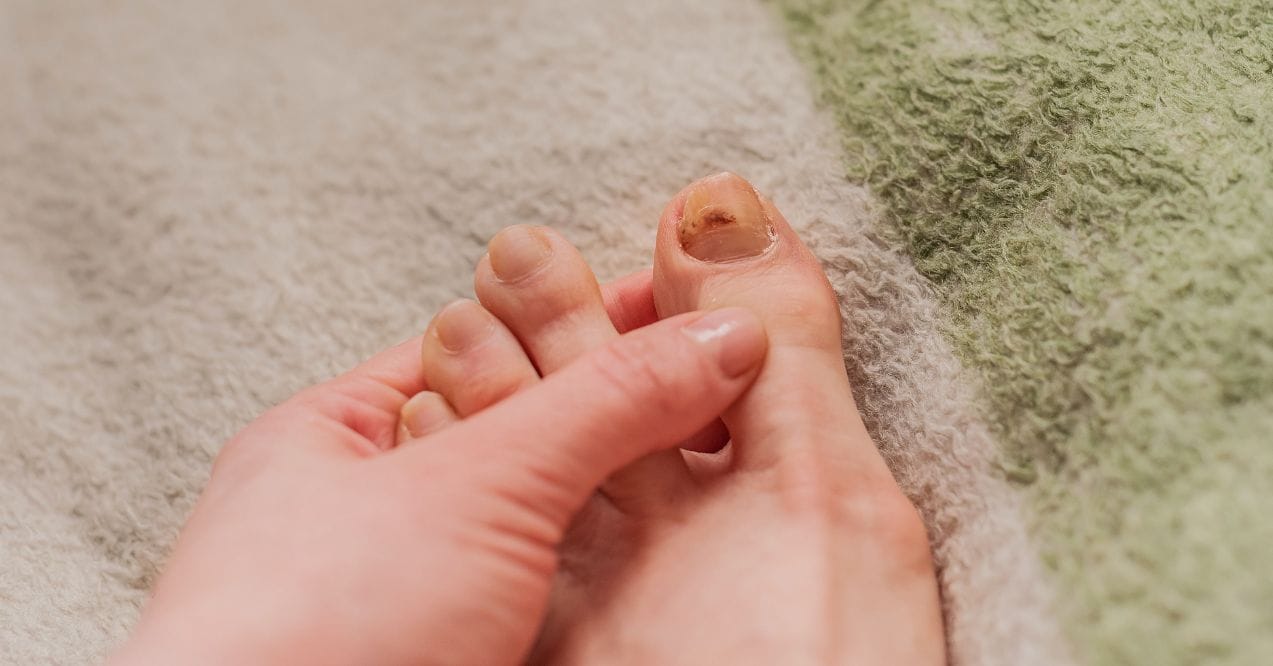
Toenail fungus, medically known as onychomycosis, is a common condition that begins as a white or yellow spot under the tip of your toenail. As the fungal infection goes deeper, it can cause your nail to discolor, thicken, and crumble at the edge. It can affect several nails but usually not all of them.
What Are The Types of Toenail Fungus?
Toenail fungus, or onychomycosis, can be caused by several types of microscopic organisms. These fungi thrive in warm, moist environments and can cause a variety of symptoms. Here are the most common types:
1) Dermatophyte Fungus
Dermatophytes are the most common cause of toenail fungus. They are a group of fungi that can infect the skin, hair, and nails. The most common types of dermatophytes that cause toenail fungus are Trichophyton rubrum, Trichophyton interdigitale, and Epidermophyton floccosum. These fungi often lead to the nail becoming discolored, thick, and brittle.
2) Distal Subungual Onychomycosis (DSO)
DSO is one of the most common form of fungal nail infection. It’s usually caused by the same fungi that cause athlete’s foot. DSO infects the skin under the end of the nail (nail bed) and in the nail. The infection starts at the end of the nail bed, and part or all of the nail may turn yellow, get thicker, and may crumble as the infection progresses.
3) White Superficial Onychomycosis (WSO)
WSO is the second most common type of fungal nail infection. It can quickly spread, and cause the top layer of the nail to become chalky and white. The nail may also become rough and crumble. In severe cases, the nail may come off entirely.
4) Yeast Infections (Candida)
Candida is a type of yeast that can cause a fungal toenail infection, particularly in people with weakened immune systems or diabetes. Candida infections in the nail may cause the nail to become white, thick, and crumbly. The skin around the nail may also become inflamed and painful.
5) Mold and Non-Dermatophyte Molds
Molds and non-dermatophyte molds are environmental fungi that can also infect the toenails. These types of fungi are less common causes of toenail fungus and are often found in soil and decaying plant material. They can cause a variety of symptoms, including discoloration and deformity of the nail.
Each type of toenail fungus has its unique characteristics and may require different treatment approaches. It’s important to consult with a healthcare professional for an accurate diagnosis and treatment plan.
Who’s More Prone to Toenail Fungus?
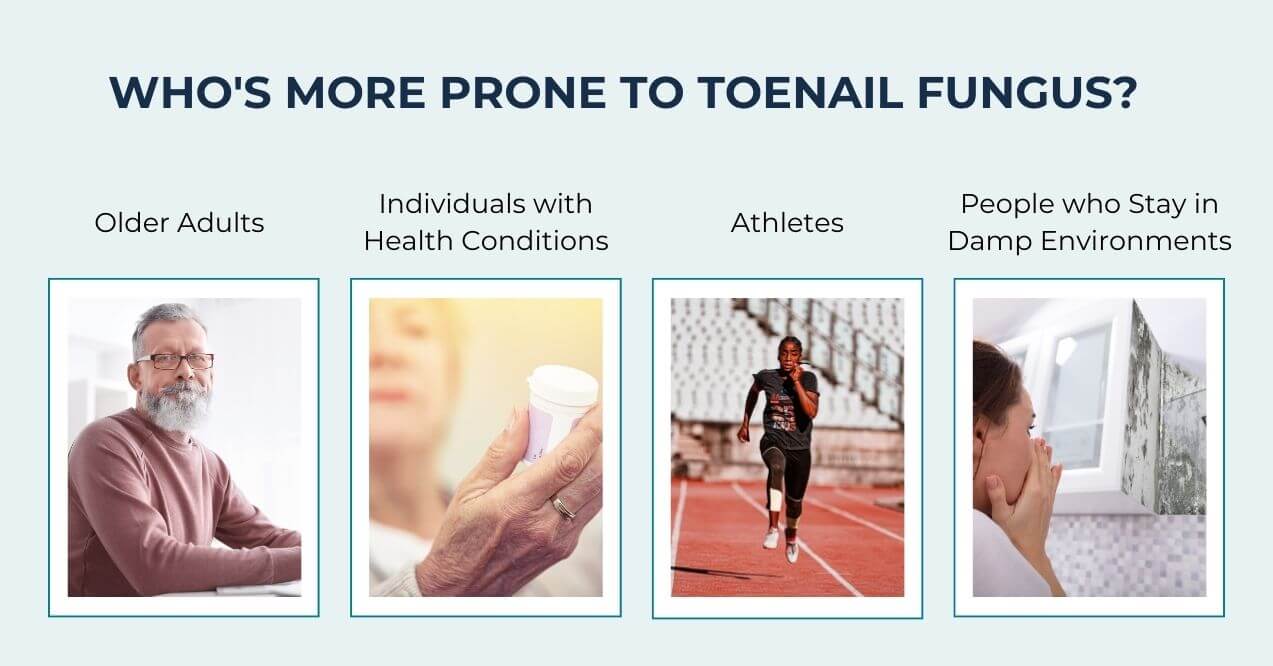
While anyone can get a toenail fungus, certain individuals are more susceptible to toenail fungus due to various factors. Here’s a look at who’s more prone to this condition:
1) Older Adults
Age is a significant risk factor for toenail fungus. As we age, our nails become more brittle and dry, which can lead to cracks where fungi can enter. Blood circulation in the nails also decreases with age, making it harder for our immune system to detect and eliminate the infection.
2) Individuals with Certain Health Conditions
People with conditions like diabetes, peripheral arterial disease, or immune system disorders are more susceptible to toenail fungus. These conditions can decrease blood circulation to the feet or weaken the immune system, making it easier for a fungal infection to start.
3) Athletes
Athletes are more prone to toenail fungus because they often wear tight-fitting shoes and use communal showers, which are perfect environments for fungi to thrive. The repeated trauma to the toenails from activities like running can also make the nails more susceptible to infection.
4) People who Frequently Stay in Damp Environments
Fungi thrive in warm, damp environments. So, people who spend a lot of time in such environments, like swimmers or workers whose feet are often wet, are more prone to toenail fungus.
Understanding who is more prone to toenail fungus can help in early detection and treatment, reducing the risk of complications. If you fall into any of these categories, it’s essential to take preventative measures and regularly check your nails for signs of infection.
What Does Toenail Fungus Look Like? Infected Areas
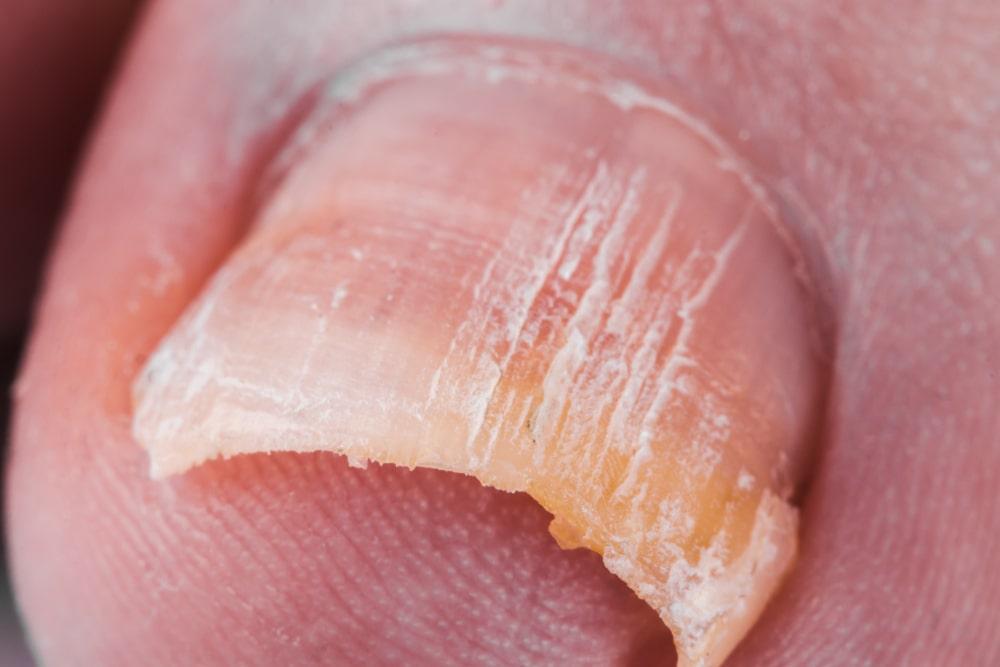
So, what does toenail fungus look like? Knowing what to look for helps you catch it early on so that you can take control of your health.
Toenail fungus is caused by the same strain of bacteria that causes ringworm, jock itch, and athlete’s foot. It’s a strain of fungus that thrives in moist, wet places—such as your shoes, communal showers, nail salons, and the areas around pools and spas. There are different types of toenail fungus.
If you frequent any of these places or you have to wear tight, non-breathable shoes for the majority of the day, you need to ask yourself, “What does nail fungus look like?”.
The fungus that causes this can grow both on top of or underneath your toenails. Your body contains large amounts of fungi already, and when combined with this infectious strain, it can multiply into toenail fungus. When toenail fungus isn’t treated, it can spread to other parts of your body.
Symptoms of Toenail Fungus
Toenail fungus manifests in several ways. Here are some common symptoms to look out for:
- Discolored toenails, often with a yellowish or brownish hue
- Cracked, brittle, or broken nails
- Toenails that grow in at awkward angles
- Thick toenails that break easily
- Chalky or cloudy layers on the toenail
- Toenails that lift or are completely separated from the nailbed
As you monitor your symptoms, you might wonder what does toenail fungus look like and how to know if toenail fungus is dying. This is an important question because it can help you gauge the effectiveness of your treatment. When toenail fungus is dying, you may notice that the discoloration is fading and the nail is starting to return to its normal color. The thickness of the nail may also decrease. However, it’s important to continue your treatment until all symptoms have completely disappeared to ensure the fungus.
Advanced Symptoms of Toenail Fungus
If the symptoms of toenail fungus are ignored, the condition can worsen, leading to more severe symptoms such as:
- Redness around the edges of toenails
- Swollen toes
- Pus and/or foul-smelling discharge around the infected toe
The Connection Between Ingrown Toenails and Fungus
Ingrown toenails can also cause toenail fungus. The symptoms remain the same because the ingrown toenail creates breaks in the skin, allowing the fungus to invade. If you’re prone to ingrown toenails, take extra precautions. Avoid cutting your nails too short, allow your feet time to breathe, and choose shoes that fit properly.
Remember, untreated toenail fungus can spread to other parts of your body and even to other people in your home. Therefore, if you’re susceptible to toenail fungus, it’s crucial to educate those around you about what toenail fungus looks like to prevent its spread.
How Do You Treat Toenail Fungus?
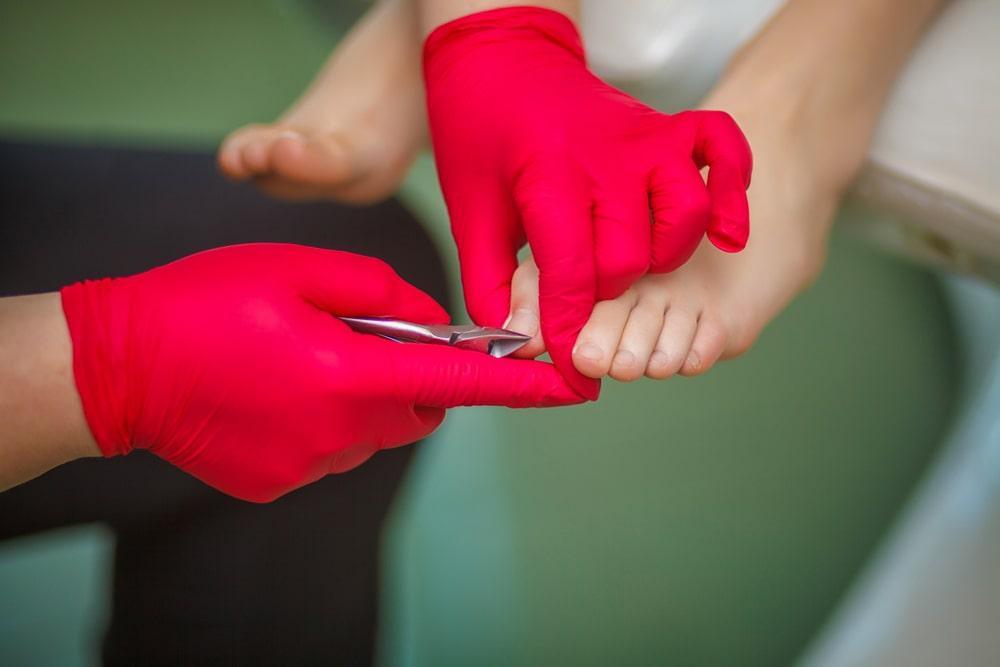
Treating toenail fungus doesn’t have to be a difficult process! With good foot hygiene and the right preventative measures, you can reduce your risk and help your body fight fungal infections naturally. One effective approach is to incorporate supplements for toenail fungus into your daily routine, providing your body with targeted support to address the issue from within.

The reason that a digestive capsule works so well to prevent toenail fungus is that the majority of your immune system lies within your digestive tract. Therefore, adding these powerful, nutritive compounds right into your digestive system puts them into your bloodstream and delivers benefits to your whole body—not just your toenails.
What else can you do to prevent and keep toenail fungus at bay? Depending on the person, the severity of the infection, and an individual’s lifestyle, the best treatment will vary. However, the following lifestyle practices are good ways to prevent toenail fungus.
- Wear comfortable, appropriately fitting shoes.
- Choose shoes that breathe.
- Take your shoes off several times throughout the day so that they can air out.
- Don’t wear the same shoes twice in a row.
- Never share shoes or socks with other people.
- Bring your own tools to the nail salon for pedicures, and make sure that the salon you go to sanitizes its equipment properly.
- Always wear shower shoes in the gym shower and around the pool, spa, and sauna.
If things have become quite severe, you’ll most definitely want to visit your general practitioner or a podiatrist. They might want to prescribe you something stronger or take a sample of your toenail to determine exactly which strain of fungus caused the infection.
In very severe cases, toenails might need to be removed. This is another good reason why it’s important to know the early-stage signs of toenail fungus and to have something on hand to deal with it before it gets worse.
If you have diabetes, auto-immune disorders, or other circulatory issues, fungal infections can cause more serious problems. So, make sure to take extra good care of your feet and let your doctor know at the first sign of a toenail fungal infection.
Final Thoughts
Toenail fungus can be very painful, and it’s also quite contagious. You need to know what does toenail fungus look like so that you can treat it as soon as it appears. If you do get an infection, though, don’t panic! Just use a fungus eliminator and keep your feet clean and dry. Of course, always see your doctor if things are getting worse or if you have underlying conditions.
Toenail Fungus Often Causes Yellow, Brown, Or White Discoloration, Thickened Or Brittle Nails, And Nails That Crack, Lift, Or Separate From The Nail Bed. It May Also Lead To A Chalky Texture Or An Unpleasant Odor.
Conditions Like Nail Psoriasis, Bacterial Infections, Trauma, Eczema, And Lichen Planus Can Look Similar To Toenail Fungus. Injury-Related Discoloration Or Thickening May Also Be Mistaken For A Fungal Infection.
Treatments Include Antifungal Creams, Oral Medications, Medicated Nail Lacquers, And Home Remedies Like Tea Tree Oil Or Vinegar Soaks. Keeping Feet Clean And Dry Helps Prevent Recurrence.
Prescription Oral Antifungals Like Terbinafine Or Itraconazole Work The Fastest, While Laser Treatments And Medical-Grade Topical Solutions Can Also Speed Up Recovery.
Popular Articles
Advertisement. This site offers health, wellness, fitness and nutritional information and is designed for educational purposes only. You should not rely on this information as a substitute for, nor does it replace, professional medical advice, diagnosis, or treatment. If you have any concerns or questions about your health, you should always consult with a physician or other health-care professional. Do not disregard, avoid or delay obtaining medical or health related advice from your health-care professional because of something you may have read on this site. The use of any information provided on this site is solely at your own risk.




